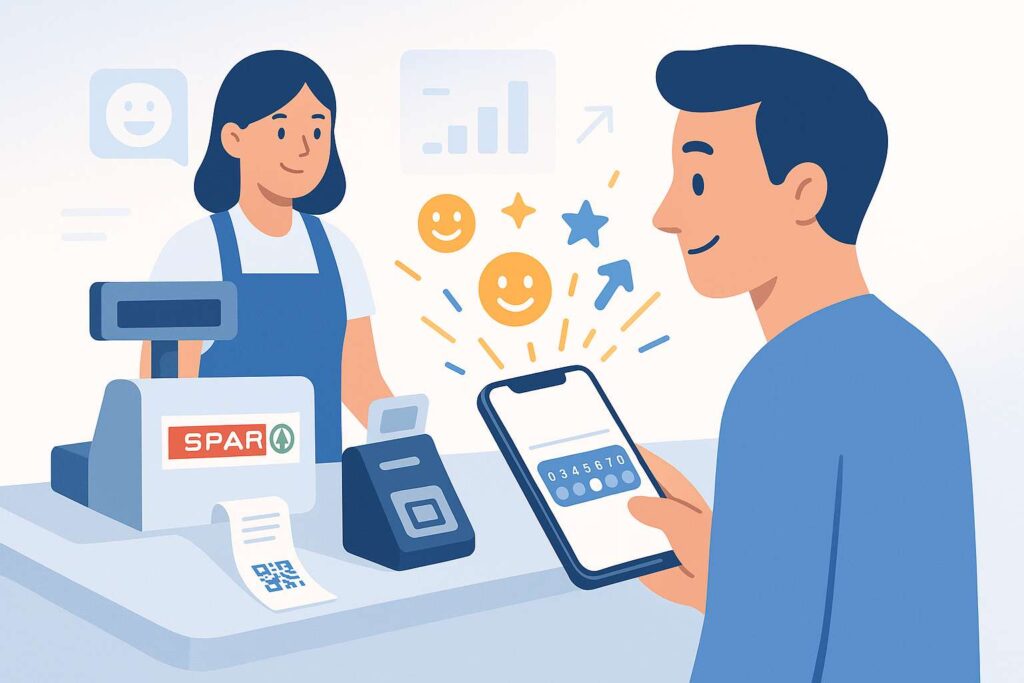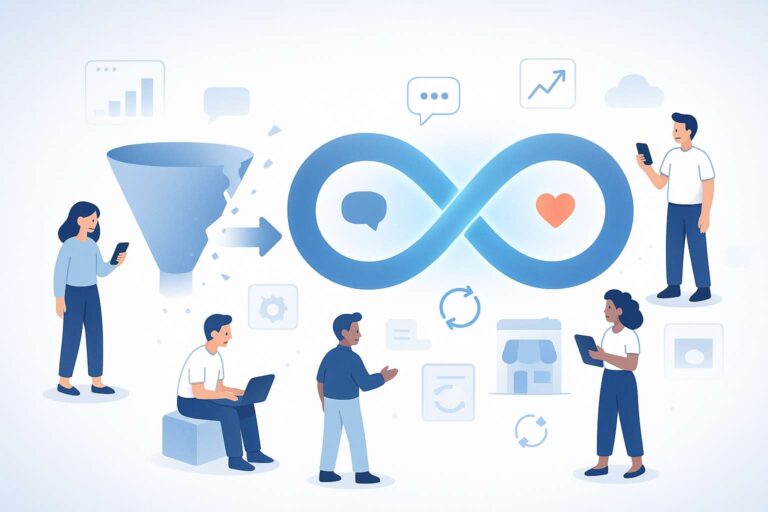Almost nothing influences a purchasing decision as much as the opinions and reviews of other customers.
Note: At the end of this article there is a link to the SPAR NPS dialogue. It’s a demo version. Your data will not be forwarded to SPAR.
“Do you know in which grocery store I am always addressed by name? Exactly, in our village SPAR the staff is always so friendly.” Customers have experiences and share them.
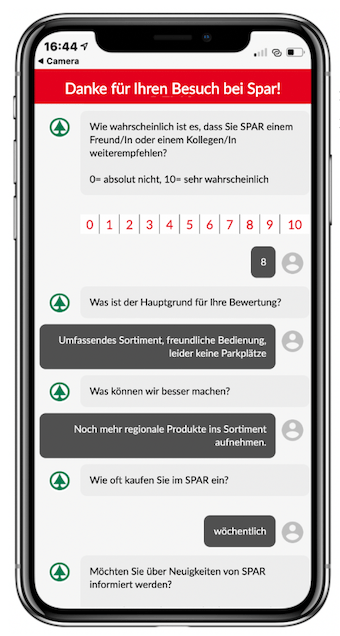
SPAR focuses on CX (Customer Experience)
Since 2019, SPAR has been using the NPS customer survey via chat dialogue in about 200 SPAR branches. The chat dialogue is designed for the customer experience and motivates customers to participate through its interactive nature.
To enable as many customers as possible to carry out the chat dialogue, the dialogue is set up in four languages: German, French, Italian, and English.
At the checkout of every SPAR branch, there is a QR code with the note ‘Your opinion is important to us!’. If the customer scans the code, a chat dialogue opens in the browser of his smartphone, during which the customer is asked 3 questions about today’s shopping experience:
- How likely is it that you would recommend SPAR to a friend or a colleague? 0 = absolutely not, 10 = very likely
- What is the main reason for your rating?
- What could we do better?
In addition to these central questions, the shopping frequency at SPAR is asked in a next step. The customer also has the opportunity to subscribe to the SPAR newsletter directly via the chat dialogue.
What now happens to the data collected daily at SPAR?
Already, thousands of SPAR customers have participated in the NPS survey. The answers are visible to SPAR in real time on the DiALOGiFY dashboard and are discussed monthly with the branch teams.
The individual SPAR branches receive the NPS report with their customer data monthly via email link.
The Net Promoter System promotes customer focus
Basically, the NPS is not a metric, but a whole system.
The NPS is thus an indicator of the health of your business, and its capture is the first step towards improving customer loyalty.
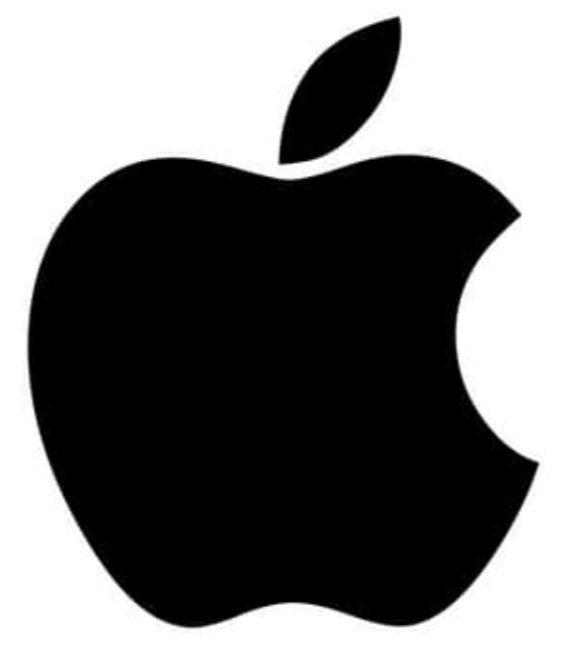
Apple has been using the NPS method for years. A study shows that Apple achieves a very high recommendation rate of 80% among the promoters. Or in other words: 4 out of 5 Apple promoters actively recommend the Apple brand.
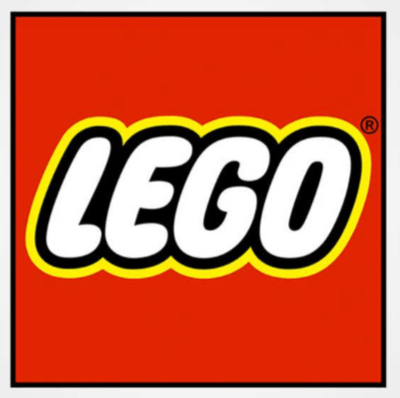
Another example is LEGO. In 2005, LEGO was close to bankruptcy, and the company tried to make a turnaround, in part using the NPS. The main task was to ensure that the company focused again on what children really want. LEGO thus rose again to become the number 1 toy manufacturer worldwide. In 2019, LEGO was ranked 75th on the world ranking list of the most valuable brands with a brand value of $6.884 billion (+5%).
The higher the NPS, the….
This specifically means for the cost side: The higher the NPS, the…
… less needs to be invested in marketing.
… the more cost-effective customer care is in general.
… longer customers stay in the store and buy more.
… more likely the existing customers recommend the business and thus reduce the costs for the acquisition of new customers.
Or to summarize:
With the NPS, improvements and efficiency gains are identified that reduce operating costs and improve the experiences of others.
Thousands of innovative companies now use the NPS for customer satisfaction measurement.

The success story of the NPS is based on three pillars:
1. Simplicity The customer survey with 3 questions takes just under a minute and the results of the survey are available in real time with the right measurement tools.
2. Continuity The NPS method is constantly used at various touchpoints and allows customers to give relevant feedback at any time.
3. Involvement of the teams NPS trends are regularly (e.g., monthly) discussed with the team, priorities are derived from them, and they are implemented with specific measures.
5 Steps to More Success with the NPS
To successfully implement the NPS in your business, the following 5 steps must be observed:
1. Explicitly ask your customers to participate in the survey, not just once, but continuously.
2. Capture as many customer opinions as possible! A sample is not enough.
3. Make your sales staff in the store responsible for collecting customer opinions. This works best with an incentive system.
4. Use customer feedback to convince internal critics of the method, increase the commitment of the promoters and enable the front line to take action.
5. Publish branches with a high NPS, share best practices and train the employees.
And not to forget:
The NPS is not a snapshot. The system only comes into full effect over a longer period of use, when a trend in the development of customer orientation becomes visible.
Here’s the Demo Chat-Dialog for NPS collection by SPAR.
